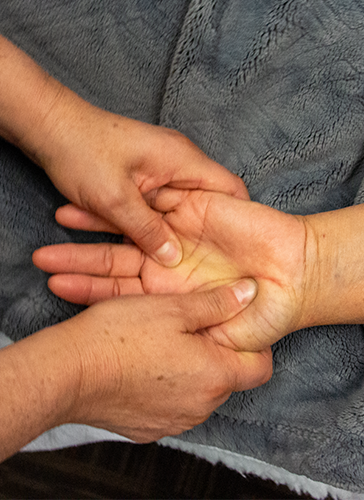Techniques
Everyone’s needs are different. Choose from our extensive service list to find the right technique for you

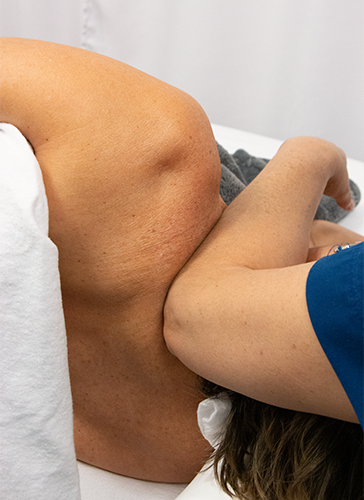
Clinical Massage / Medical Massage
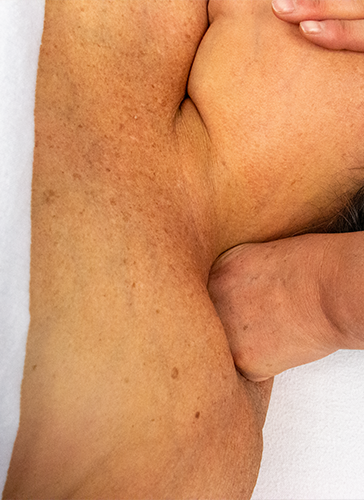
Deep Tissue Massage
Deep Tissue Massage is a sophisticated technique employed to target specific tissues. It is used to dismantle scar tissue and disintegrate muscle adhesions, also known as knots. These are tough, painful bands of muscle that can impede circulation and trigger pain and inflammation. The massage therapist typically initiates the session with gentler pressure to prepare your muscles. They then proceed to apply more intense pressure to untie the knots formed in the stressed and overworked muscles and connective tissues, also known as fascia. This method aids in breaking up adhesions and aligning tissue fibers, facilitating relaxation and addressing medical concerns.
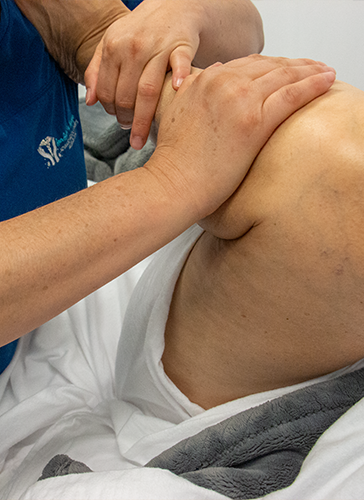
Sports Massage
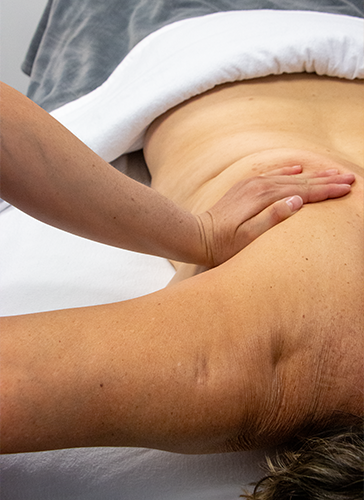
Muscle Energy Technique or Passive/Active Isolated Stretching (AIS)
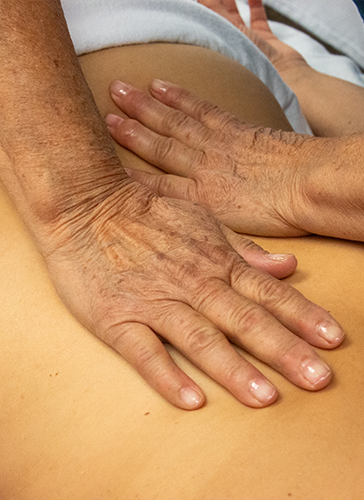
Soft Tissue Manipulation
Soft tissue manipulation covers a range of treatments which aim to improve the mobility of stiff, immobile soft tissues and those with poor circulation due to inactivity, increased tension, or injury. Soft tissue injury covers any type of injury to your soft tissues such as sprains, strains, contusions, tendonitis, bursitis, and stress injuries. Among the soft tissues targeted by this therapy are muscles, nerves, tendons, ligaments, cartilage, fascia, and blood vessels. It is used to help mobilize scar tissue and move fluids trapped in the tissues that cause pain and inflammation thereby preventing long term recurrence of inflammation.
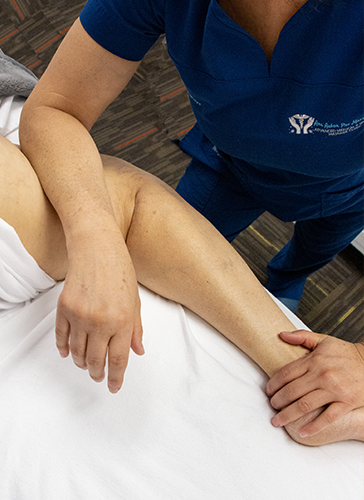
Neuromuscular Therapy

Myofascial Release (MFR)
Fascia is the soft tissue component of the connective tissue that provides support and protection for most structures within the human body, including muscle. This soft tissue can become restricted due to disease, overuse, trauma, infection, or inactivity, often resulting in pain, muscle tension, and corresponding diminished blood flow. Myofascial release refers to the manual massage technique for stretching the fascia and releasing bonds between fascia, skin, and muscles with the goal of eliminating pain, increasing range of motion and sense of balance. Myofascial release usually involves applying compression or tension in various directions, or by skin rolling.
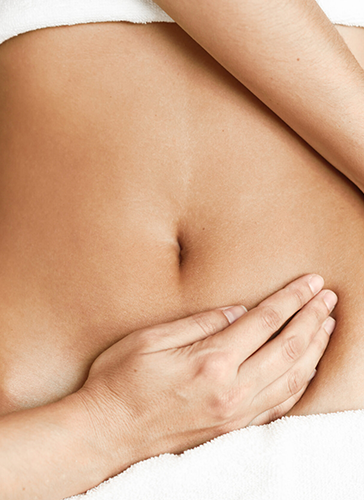
Lymphatic Drainage Massage
The lymph system is a specialized component of the circulatory system that is responsible for waste disposal and immune response. The lymphatic system transports fluid from around the cells through a system of filters. The lymphatic drainage massage is a specific therapeutic intervention that stimulates lymph movement. The pressure provided by this massage mimics the drag and compressive forces of movements and respiration that can move the skin to open the lymph capillaries. The depth of pressure, speed and frequency, direction, rhythm, duration and drag are adjusted to support the lymphatic system. After undergoing Lymphatic Drainage Massage, the client may feel listless, fatigued, or achy for 48 hours. To counter this effect and to support detoxification, the client should increase his or her water intake for 24 hours after the massage. Individuals that benefit most from this therapy are those that have high inactivity, such as sitting for extended periods of time daily. Interstitial fluid responds to gravity, causing swelling in the feet, hands and buttocks of a person who must sit for hours without moving very much.
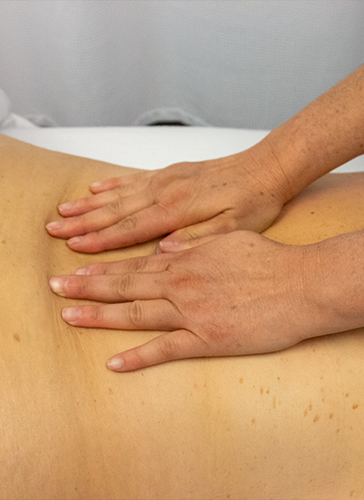
Relaxation (Swedish) Massage
Swedish massage is the most common and best-known massage technique in the West. It is based on the Western concepts of anatomy and physiology, as opposed to energy work on “meridians” or sen lines in Asian massage technique. Swedish massage uses five styles of long, flowing strokes to massage. The five basic strokes are sliding/gliding, kneading, rhythmic tapping, friction and vibration/shaking. Swedish massage has shown to be helpful in reducing aches and pain, joint stiffness, and improving function in patients with osteoarthritis of the knee. A great massage for beginners or someone looking for basic complete body relaxation. Massage receivers experience significant decreases in levels of the stress hormone cortisol, as well as increases in the number of lymphocytes, white blood cells, that are part of the immune system. A boost in the immune system helps fight colds and other common illnesses.
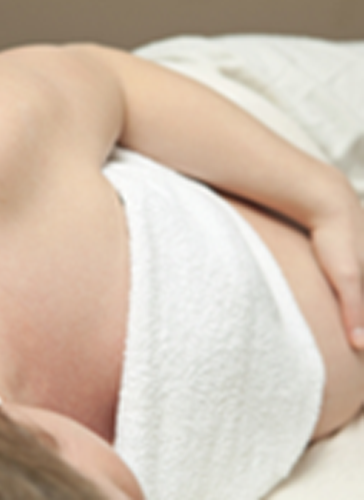
Prenatal Massage
Note: Recommended only for women with normal, low-risk pregnancies, unless given permission by physician.
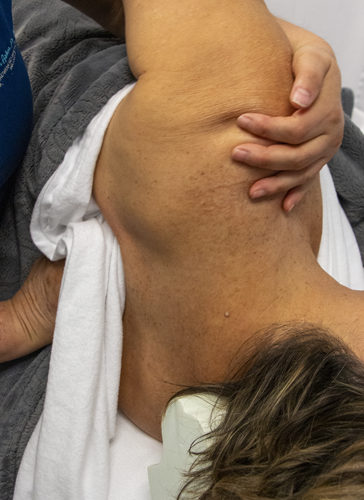
Geriatric Massage Therapy for Seniors
Elderly Care and Wellness Through Touch
Geriatric massage therapy is a specialized, gentle massage tailored for seniors, employing light strokes and passive stretching to alleviate muscle stiffness and joint pain. It enhances blood circulation, provides arthritis relief, and improves balance and flexibility. With a focus on the comfort and safety of elderly clients, this nurturing therapy promotes holistic wellness by not only addressing physical ailments but also reducing anxiety and fostering relaxation. It’s essential for seniors to consult their healthcare provider before engaging in geriatric massage to ensure it’s suitable for their health conditions.
